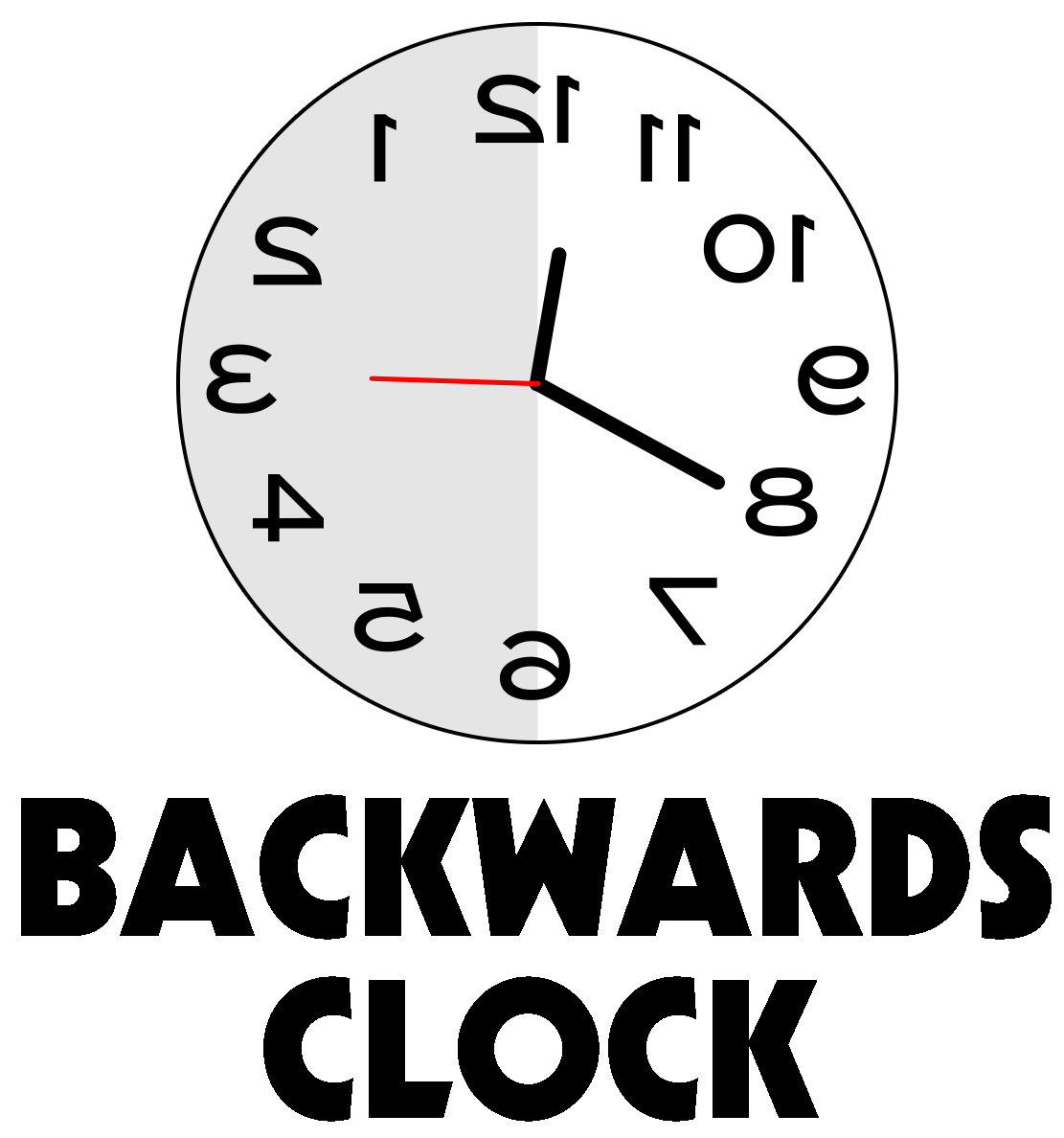Using a backwards clock will ensure that you do not experience abnormalities in your timekeeping. It is also possible to reverse a clock and test it to ensure that you do not have a problem with the time. Whether you are a fan of the backwards clock, or you just want to know more about the benefits of using one, you’ve come to the right place. This article will cover why you should use one, and how to go about it.
Reverse a backwards clock
Having a backwards wall clock makes you feel like Alice in Wonderland. It’s not just a novelty item to add a little fun to your home, it also makes for an excellent gift for someone who is always late. The clock runs on one AA battery and has three hands that move counter clockwise. This is a great gift for someone who is over forty and often finds themselves in a bind.
The first time you see a reverse clock, you will be confused by how the hands work. It looks like the numbers are reading backwards, and you will find it very difficult to figure out what time it is. However, once you start to learn how to read the clock, you will be able to tell the time in no time. The reverse clock is designed to be indoor only, and it comes with a plastic cover to protect the mechanism. It’s a unique combination of a quartz movement and an encapsulated gear train that keeps foreign matter out of the gears.
Keeping time well
Keeping time well with a backwards clock is a task that entails more than just turning the hourglass around. There are several factors that determine the rate at which the clock ticks, the most important of which is the tension in the mainspring. As such, a clock that ticks well is one of the perks of owning a vintage backwards clock. If the task is performed correctly, the results can be pretty impressive.
Keeping time with a backwards clock might be a bit of a challenge, especially if you live in an apartment. However, the good news is that a number of clock makers have sprung up over the years that offer their services to the public. They usually come with a price tag, but they are well worth it if you want to have a clock that keeps time well. Of course, if you are on the hunt for the best clock on the market, you’ll need to know what you’re looking for.
Testing a backwards clock
Unlike the aforementioned test, a clock test is not exactly a breeze, and there are no universal rules of thumb. It is a good idea to check with a professional before attempting to tinker with your prized possession. A few tips and tricks will help make the experience more rewarding.
First, test the clock for water leaks. Next, affix the battery. Then, check out the back cover. It should be free to move and should have plastic tabs that click into place. Finally, install the electromagnet, which is a little trickier than it sounds. You’ll want to make sure it is attached correctly, as the back cover isn’t a tight fit. This will require some trial and error, but a seasoned technician will be able to get the job done in no time.
